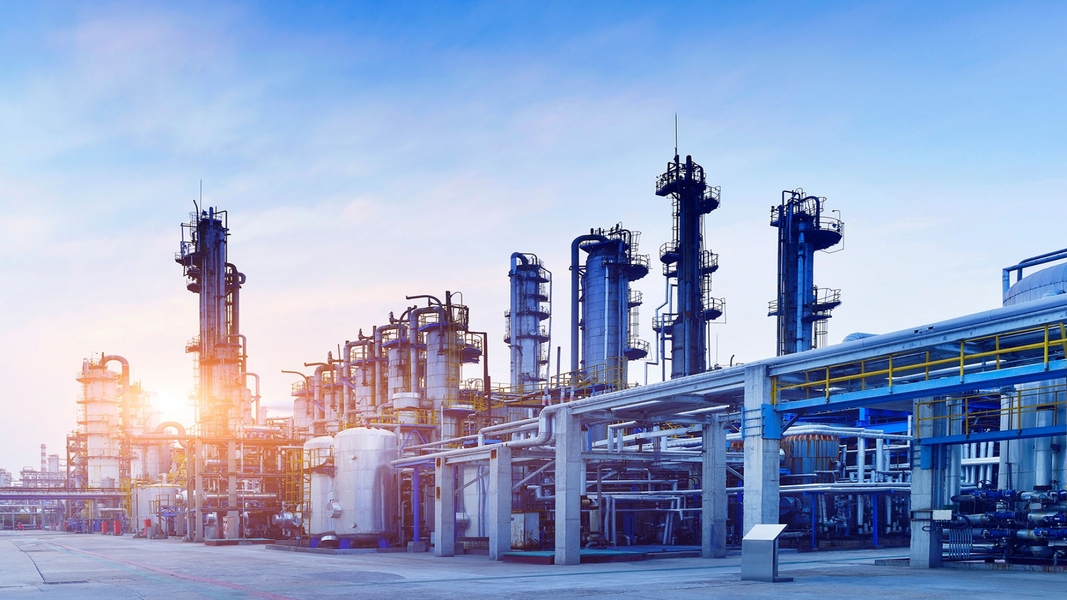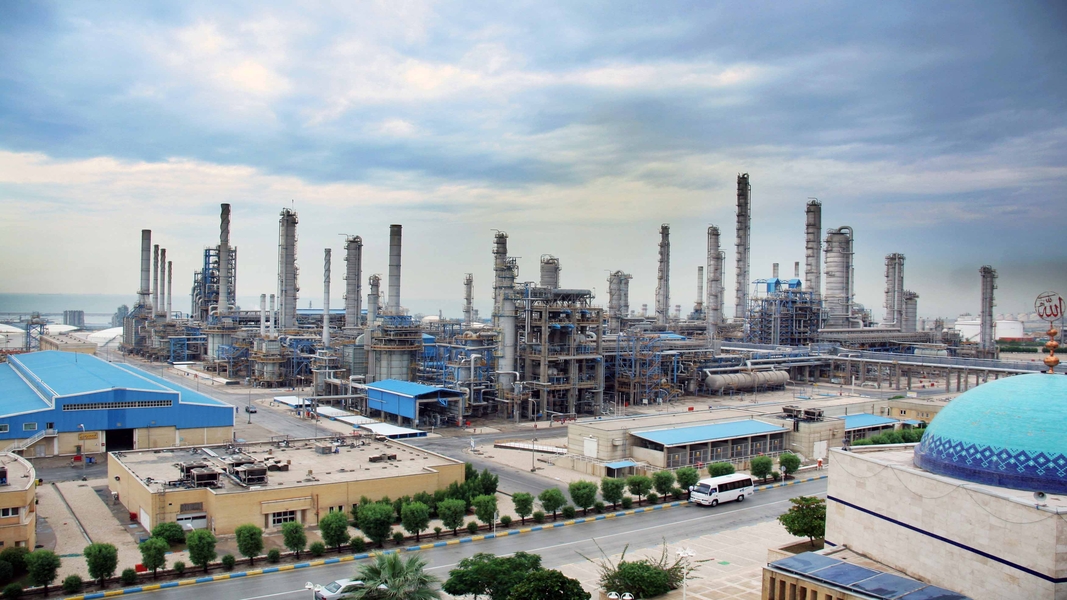Buying Nitric Acid from Iran – A Complete Guide for Global Importers
Nitric acid (HNO₃) plays an essential role in many industrial sectors, including fertilizers, chemical synthesis, metal refining, explosives, pharmaceuticals, water treatment, and electronics manufacturing. As global demand continues to grow, many international buyers are actively seeking reliable and competitively priced sources. Iran, with its rapidly expanding petrochemical base and strong export potential, has become one of the most practical markets for importing nitric acid. This article offers a detailed, SEO‑optimized guide for global importers interested in purchasing nitric acid from Iran, explaining pricing factors, quality standards, logistics, documentation, and best practices for securing safe and profitable deals.
Why Iran Is an Attractive Source for Nitric Acid
Iran has made substantial investments in its petrochemical and chemical production industries, creating strong infrastructure and consistent manufacturing capacity. Several key reasons make Iranian nitric acid appealing to international buyers:
1. Competitive Pricing
Iran’s domestic cost of raw materials, including ammonia and natural gas, is significantly lower than many Western markets. As a result, nitric acid produced in Iran is often priced 10–25% below global averages, allowing importers to secure cost‑effective supplies for large‑volume industrial consumption.
2. Consistent Quality
Most reputable Iranian manufacturers comply with international standards such as ISO and REACH guidelines. Common export grades include 55%, 60%, and 68% nitric acid, with the 68% grade being the most demanded in global trade. High purity, stable composition, and strict quality control ensure that nitric acid meets industrial requirements for chemical production and metal finishing.
3. Flexible Export Routes
Iran’s geographic location offers several export advantages. Goods can be shipped through the Persian Gulf for sea freight, or exported by land to Turkey, Iraq, Armenia, Azerbaijan, and Central Asian markets. This flexibility provides buyers with multiple options depending on their preferred shipping method, delivery speed, and cost.
4. Strong Industrial Supply Chain
Iran’s nitric acid production is integrated with large ammonia, urea, and fertilizer plants, ensuring steady supply and consistent production rates throughout the year. Even during periods of global market volatility, Iranian suppliers are generally able to deliver stable quantities.
Common Concentrations and Applications
The most common nitric acid concentrations available for export from Iran include:
– Nitric Acid 55% Industrial Grade
– Nitric Acid 60% Industrial Grade
– Nitric Acid 68% High Concentration
Each grade serves different industrial applications. For instance, the 68% grade is widely used in explosives, advanced chemical synthesis, and metal treatment, while lower concentrations are often applied in fertilizer production and wastewater processing.
Export Packaging Options
Iranian suppliers can deliver nitric acid in several packaging formats depending on order size and buyer requirements:
– IBC Tanks (1000 L): the most common for export
– HDPE Drums (220 L): suitable for smaller shipments
– ISO Tank Containers: ideal for large‑scale industrial buyers
– Bulk Shipments: available for major chemical companies
ISO tanks typically offer the safest and most cost‑efficient method for international buyers handling large volumes.
Key Factors That Influence Nitric Acid Prices in Iran
Several variables affect nitric acid pricing:
- Concentration Level
Higher concentrations require additional processing, leading to an increased price per ton.
- Packaging Type
Drums cost more per liter compared to ISO tanks, while IBCs offer a balance between safety and cost.
- Order Volume
Buyers placing orders above 20 tons, 50 tons, or container‑level quantities usually benefit from tiered price discounts.
- Incoterms
Prices vary depending on whether buyers request EXW, FOB Bandar Abbas, CIF destination port, or DDP delivery for nearby countries.
- Raw Material and Global Market Trends
Fluctuations in ammonia, gas, and logistics costs directly impact nitric acid pricing cycles.
Step‑by‑Step Guide to Importing Nitric Acid from Iran
1. Supplier Verification
The first step in importing nitric acid is identifying a reliable supplier. Buyers should verify company registration, export licenses, chemical handling certifications, product history, customer references, and factory capabilities to ensure compliance and avoid low‑quality products.
2. Request Essential Technical Documents
Before placing an order, importers should request:
– COA (Certificate of Analysis)
– MSDS (Material Safety Data Sheet)
– Product Specification Sheet
– Packaging and labeling details
These documents help confirm the exact quality and consistency of the product.
3. Confirm Quantity, Packaging, and Incoterms
Both parties must agree on all logistic details—order size, packaging format, delivery schedule, and incoterms. This clarification helps prevent misunderstandings and ensures smooth exporting.
4. Shipping, Handling, and Customs Procedures
Nitric acid is classified as a hazardous chemical, requiring compliance with international shipping regulations such as IMDG for sea freight and ADR for land transport. Buyers must ensure their customs agent is experienced in hazardous chemical importation to avoid delays and extra costs.
5. Inspection Upon Arrival
Once the shipment arrives, buyers should inspect packaging integrity, labeling accuracy, batch numbers, and if needed, conduct purity tests to confirm consistency with the COA provided.

Best Practices for Buying Nitric Acid from Iran
– Always choose manufacturers with formal export experience.
– Avoid unrealistically low prices that may indicate low purity or improper documentation.
– Request video or third‑party inspection for large orders.
– Consider establishing quarterly or annual supply contracts to stabilize pricing.
Final Thoughts
Importing nitric acid from Iran is a strategic option for buyers seeking affordability, consistent quality, and flexible logistics. With strong petrochemical infrastructure and competitive prices, Iran remains one of the most attractive markets for industrial chemical procurement. By following proper verification steps, ensuring documentation accuracy, and working with reliable exporters, importers can secure safe, efficient, and profitable nitric acid supply for long‑term use.
Conclusion
Nitric Acid 55% remains a vital chemical across multiple industries due to its balanced strength and broad range of applications. By understanding its uses, production, safety requirements, and purchasing tips, businesses can utilize it efficiently and safely. Partnering with reputable suppliers and following established protocols ensures both operational success and regulatory compliance.
For orders or further inquiries, contact: 09134268359




